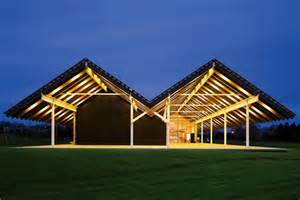Nov 1 2015 - Oct 30 2016
Water Mill, NY
Images of the landscape—both real and imagined—have flourished in American art for more than a century, from the great transcendent Hudson River School paintings to the more intimate but no less impressive works created here on the East End. Artists coming of age in the 1860s were not convinced that the sweeping vistas and dramatic effects of the Hudson River School were their only painting options. Samuel Colman and George Henry Smillie chose close-up studies of nature and were drawn to the East End of Long Island early on in their careers. The charming village of East Hampton, known for its windmills, colonial-era shingled houses, and placid ponds, was dubbed the “American Barbizon” after the center of the famous mid nineteenth-century French landscape school.
Most young Americans pursuing art in the decades after the Civil War spent time in Europe at the French or German academies. Chase’s decade abroad studying at the Royal Academy in Munich and his travels on the continent gave him the broad and cultured outlook that would propel him to the top ranks of painters upon his return to the United States. He challenged the prevailing domination of the European Impressionists by painting views of Brooklyn parks and Gilded Age summers by the sea, seen here in the vibrant Big Bayberry Bush.
For Martin Johnson Heade, the depiction of the effects of light on water, especially the coastal salt marshes of New England and the swamps of Florida, was a consuming study and he and other painters who pursued this style became known as Luminists. American artists like John Henry Twachtman and Childe Hassam were influenced by the French Impressionists, especially Monet, and developed a brighter palette and more energetic brushwork; yet they chose thoroughly American subjects like Niagara Falls and the stately Old Lyme Congregational Church. Edith Mitchell Prellwitz, with her husband Henry Prellwitz and other artists, formed their own colony on Long Island’s North Fork, where Entrance to Peconic was painted.
By the end of the nineteenth century, to be modern as an artist often meant to be concerned more with expressing internal emotions than with communicating objective facts about the world. The landscapes of Albert Pinkham Ryder are inhabited by myth and symbol. He abandoned the literal transcription of nature in order to convey more fully his own internal emotions—one reason his work was so highly regarded by twentieth-century painters, Jackson Pollock among them.
Credit: Exhibition overview from museum website
Exhibition Venues & Dates
Nov 1 2015 - Oct 30 2016
Water Mill, NY
